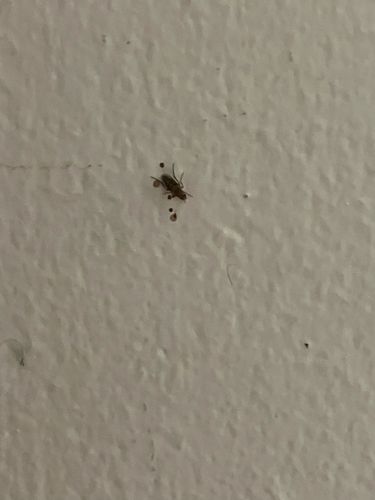Pharaoh Ant
Scientific Name: Monomorium pharaonis
Order & Family: Hymenoptera, Formicidae
Size: Workers are 1.5-2 mm long; queens are 3.5-5 mm long.

Natural Habitat
Widely distributed globally, Pharaoh ants prefer warm, humid environments and are typically found indoors in heated buildings, particularly residential homes, hospitals, hotels, and food establishments. They nest in hidden locations such as wall voids, behind baseboards, in insulation, under floors, and within appliances.
Diet & Feeding
Omnivorous; they feed on a wide variety of foods including sweets, greasy foods, proteins, dead insects, and even shoe polish.
Behavior Patterns
Pharaoh ants are highly adaptable and form large colonies with multiple queens. They bud new colonies rather than swarming, meaning a small group of workers, a queen, and some brood can break off to form a new colony, often stimulated by disturbance or insecticide use. They forage widely for food and water, often nesting in inaccessible areas.
Risks & Benefits
Potential risks include being a significant pest in homes and particularly in hospitals, where they can contaminate sterile materials, spread pathogens (e.g., Salmonella, Staphylococcus, Clostridium), and infest IV lines or open wounds. They are difficult to control due to their budding behavior. There are no known benefits.
Identified on: 8/20/2025